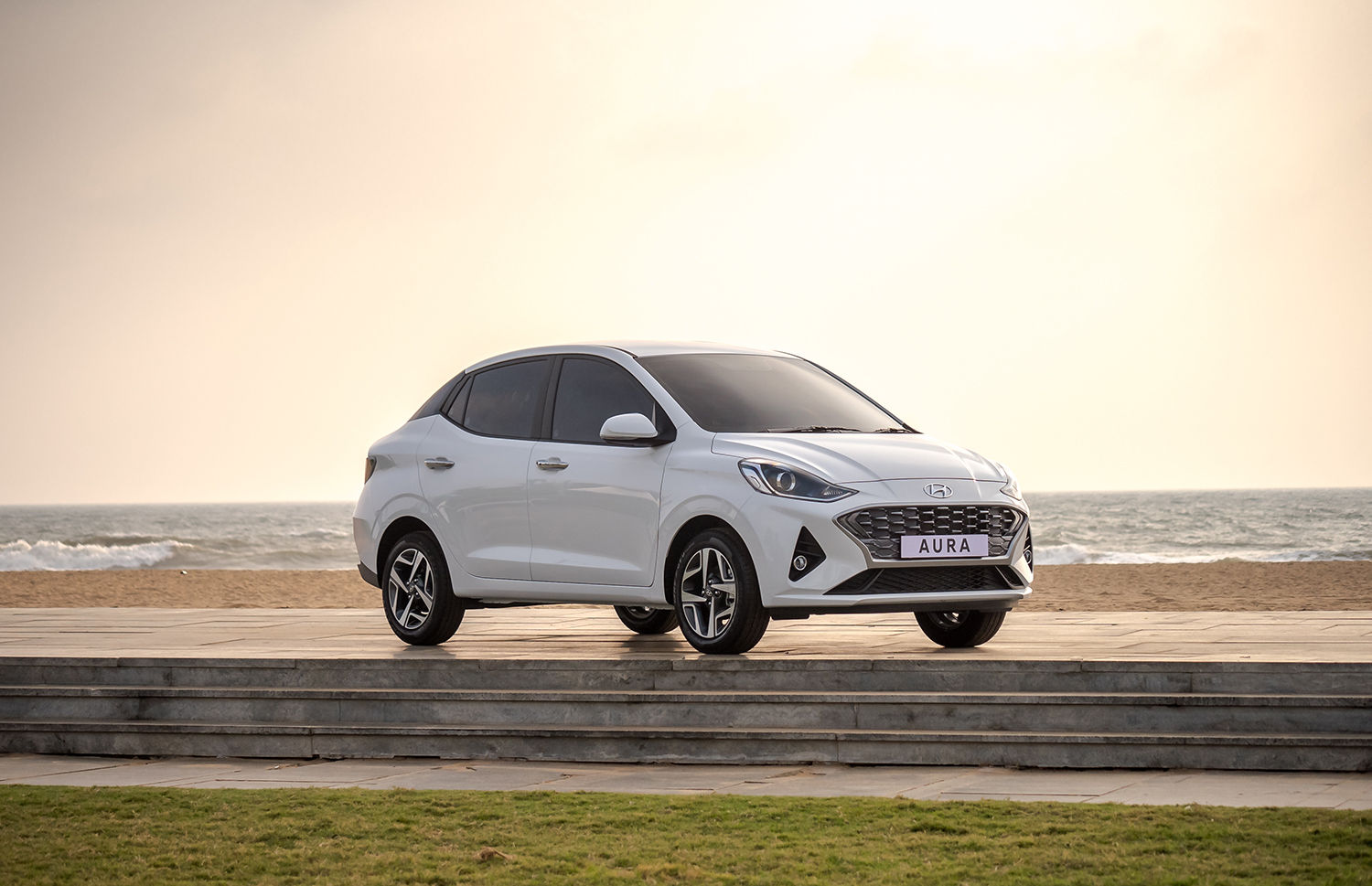Nissan, Toyota, Mitsubishi and Honda agree to develop charging infrastructure
Published On Aug 01, 2013 01:45 PM By CarDekho
- 1.6K Views
- Write a comment
Toyota Motor Corporation, Nissan Motor Co., Ltd., Honda Motor Co., Ltd., and Mitsubishi Motors Corporation jointly announced their agreement to work together to promote the installation of chargers for electric-powered vehicles and build a charging network service that offers more convenience to drivers in Japan.

The move is in recognition of the critical need to swiftly develop charging infrastructure facilities to promote the use of electric-powered vehicles. Assisted by subsidies provided by the Japanese government, the four automakers will bear part of the cost to install the charging facilities. They will also work together to build a convenient and accessible charging network in collaboration with companies that are already providing charging services in which each of the four automakers already have a financial stake.
At present, there are about 1,700 quick chargers and just over 3,000*2 normal chargers in Japan, which is generally recognized to be insufficient. In addition, the lack of sufficient coordination among existing charging providers can be improved to offer better charging service to customers. The government announced subsidies for installation of charging facilities totaling 100.5 billion yen as part of its economic policy for fiscal year 2013 to quickly develop the charging infrastructure and expand the use of electric-powered vehicles using alternative energy sources.
Currently, each prefecture in Japan is drawing up a vision for the use of the subsidies. With this strong support, the four automakers will work together to install the chargers. Previously, each automaker assessed possible locations for charging facilities on their own. Now, they have agreed to work jointly under the common understanding that the charging infrastructure has public value and that enhancing it should be done quickly during the limited period that the subsidies are available.
Currently, there are three charging methods for electric-powered vehicles: basic charging, where a car is charged at private homes or condominiums; destination charging, where a car is charged at locations such as shopping malls, DIY stores and family restaurants for the return trip home; and en-route charging at locations including expressway roadside service areas, roadside stations (michi no eki), gas stations, and convenience stores. In both destination and en-route charging, normal charging is suitable for longer-duration stops, while quick charging is appropriate for shorter stops.















